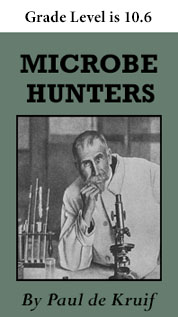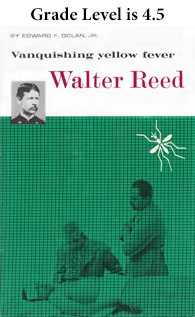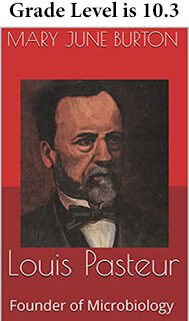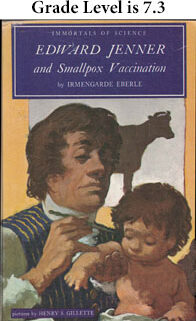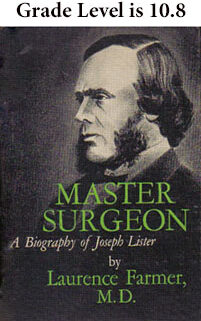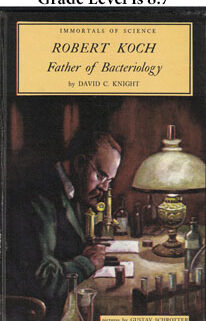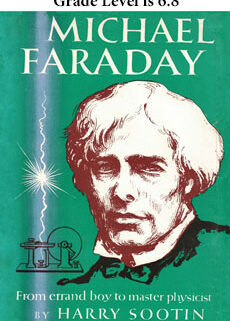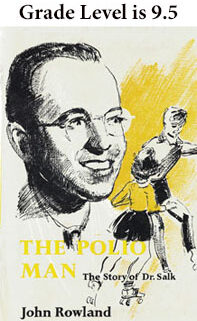Microbe Hunters by Paul de Kruif
From Goodreads
The book discusses the giants of germ theory and does so in a way that makes these scientists approachable as real men with real emotions. It must have been a groundbreaking book when it first came out in the 1920s. It is amazing how many researchers and physicians from my generation read and were impacted by this book.
*****
An international bestseller, translated into eighteen languages, Paul de Kruif’s classic account of the first scientists to see and learn about the microscopic world continues to fascinate new readers. This is a timeless dramatization of the scientists, bacteriologists, doctors, and medical technicians who discovered the microbes and invented the vaccines to counter them. De Kruif writes about how seemingly simple but really fundamental discovers of science—for instance, how a microbe was first viewed in a clear drop of rain water, and when, for the first time, Louis Pasteur discovered that a simple vaccine could save a man from the ravages of rabies by attacking the microbes that cause it.
This book was not only a bestseller for a lengthy period after publication, it has remained high on lists of recommended reading for science and has been an inspiration for many aspiring physicians and scientists.
*****
I’ll put it simple. I love microbiology. It is fascinating how much you can learn from something so little. This book came to me thanks to my fist Microbiology class “General Microbiology” which was my favorite. It is a simple book with all the mayor microbiology discoveries, told in a very light and interesting way.
Download in epub format for your Apple or Android device:
Download in mobi format for your Amazon ereader or Fire tablet:

